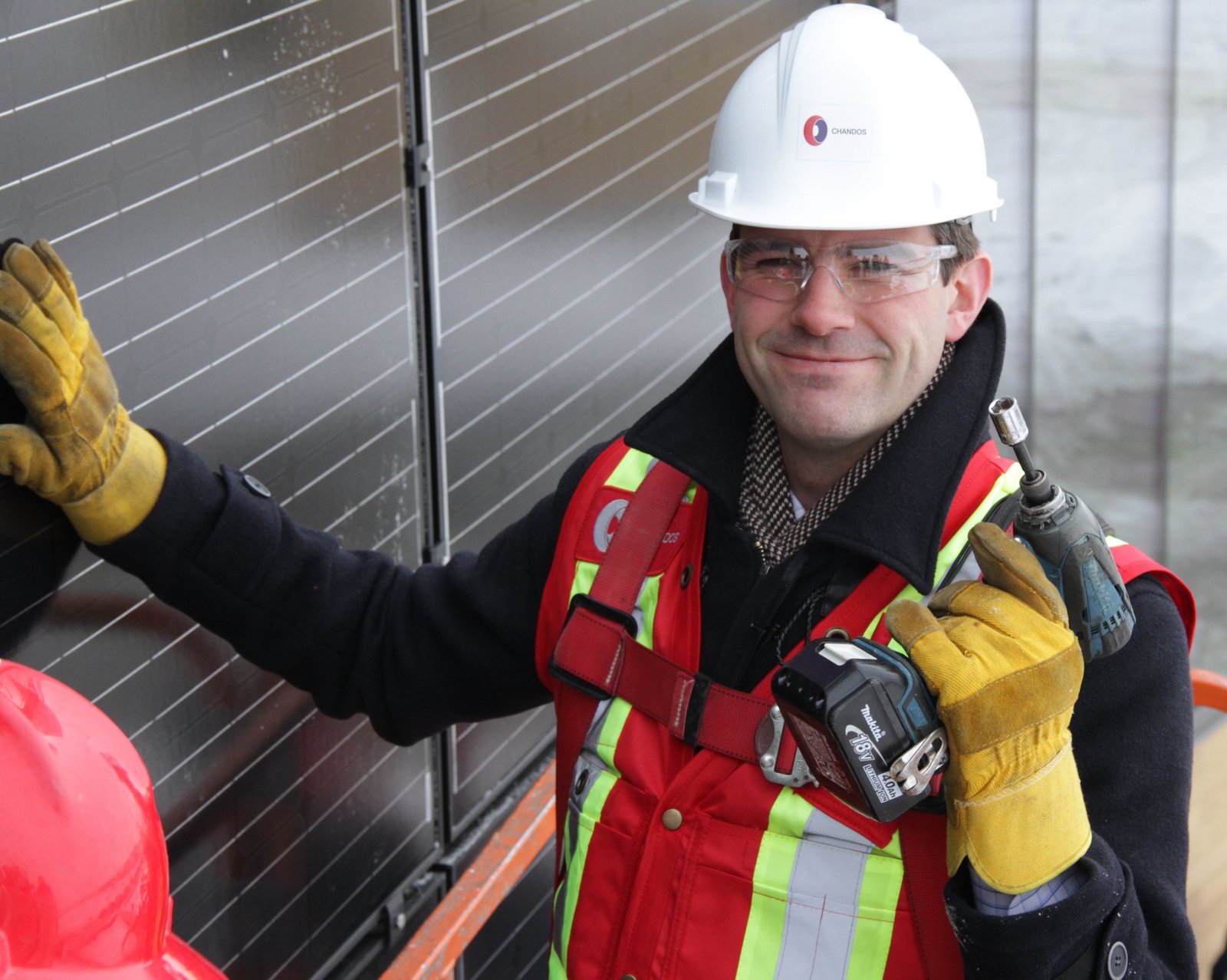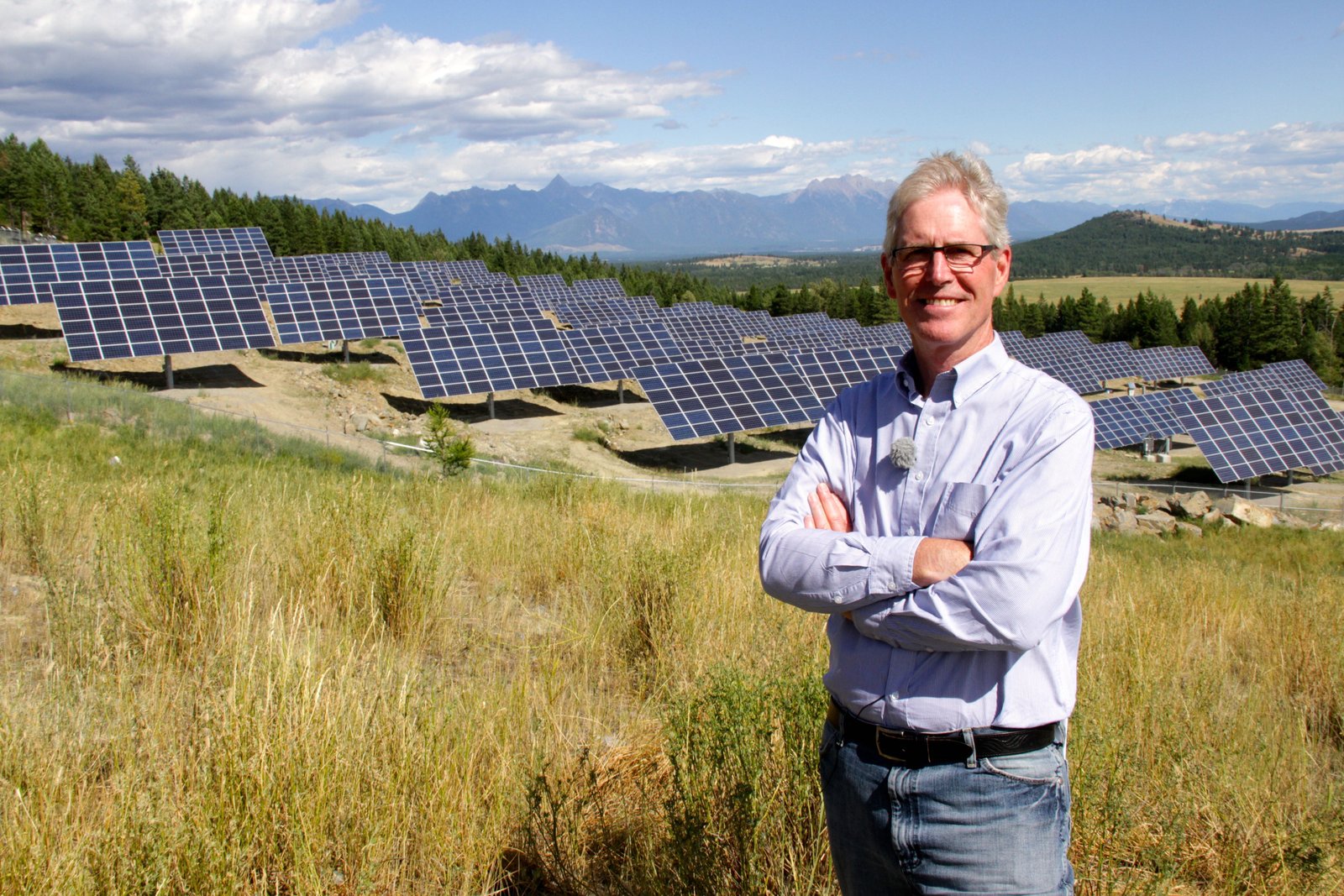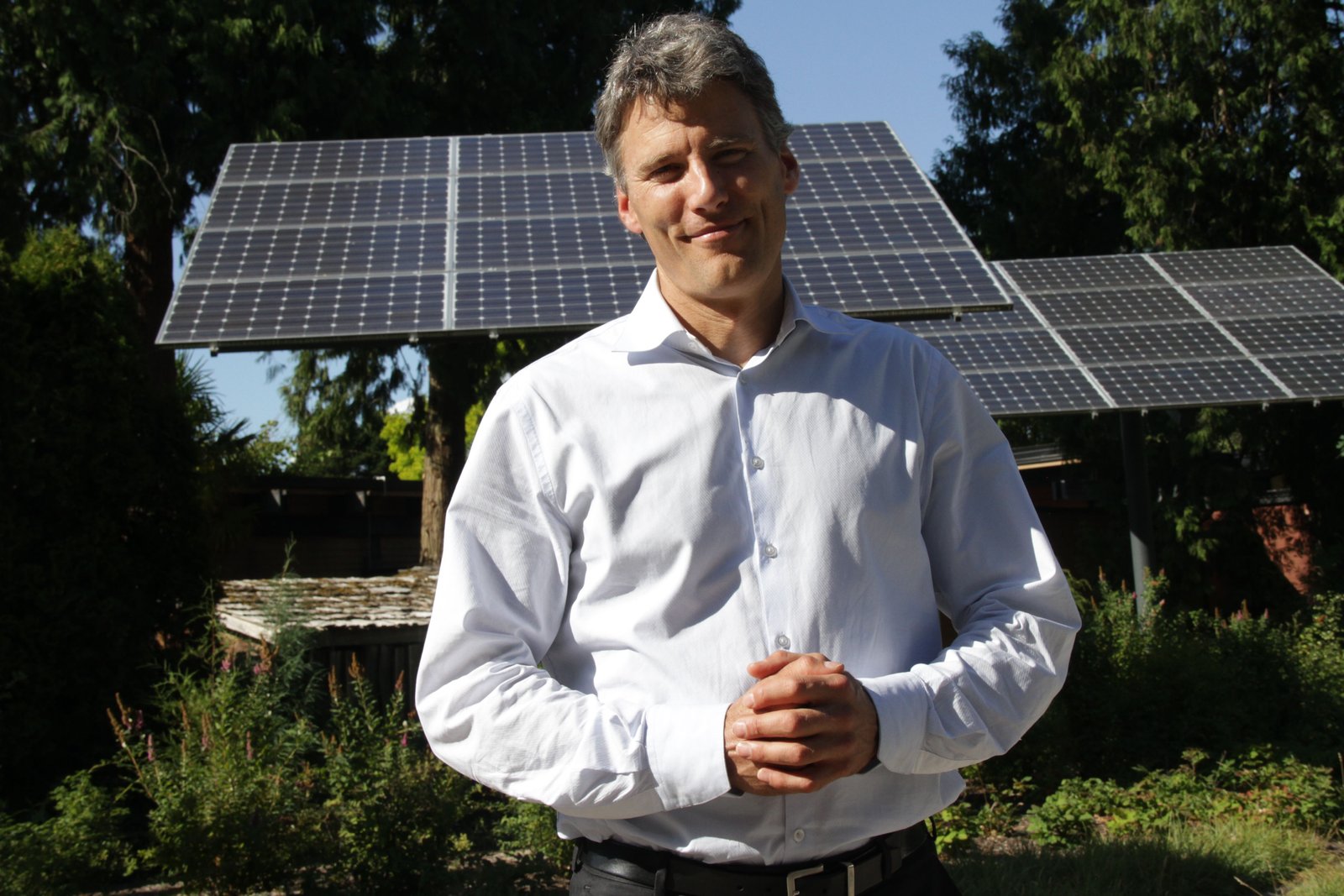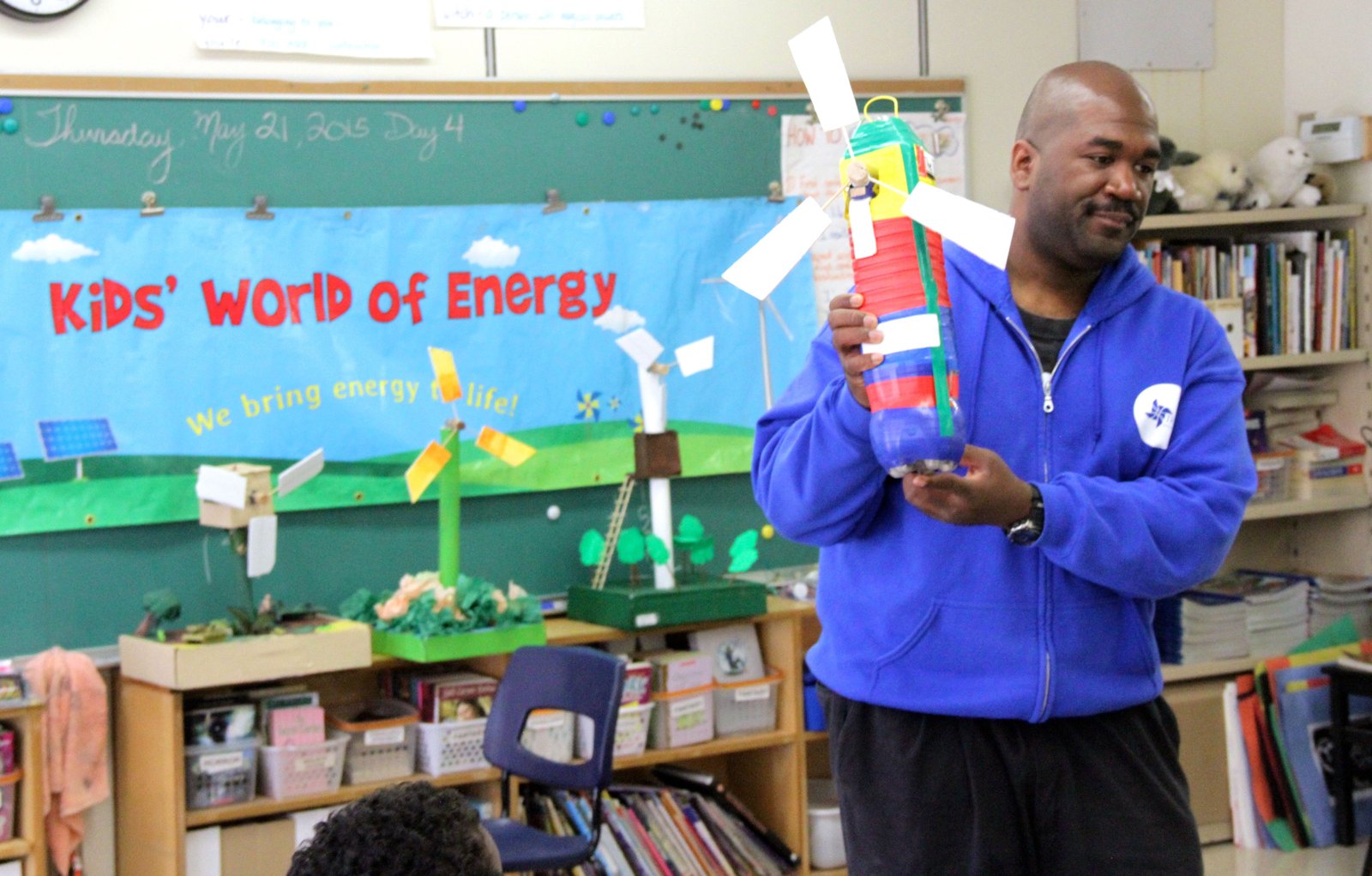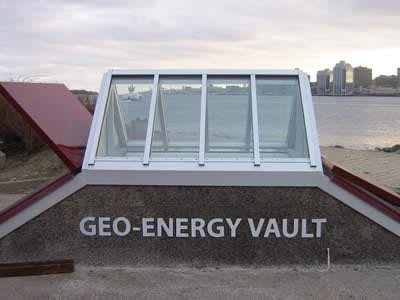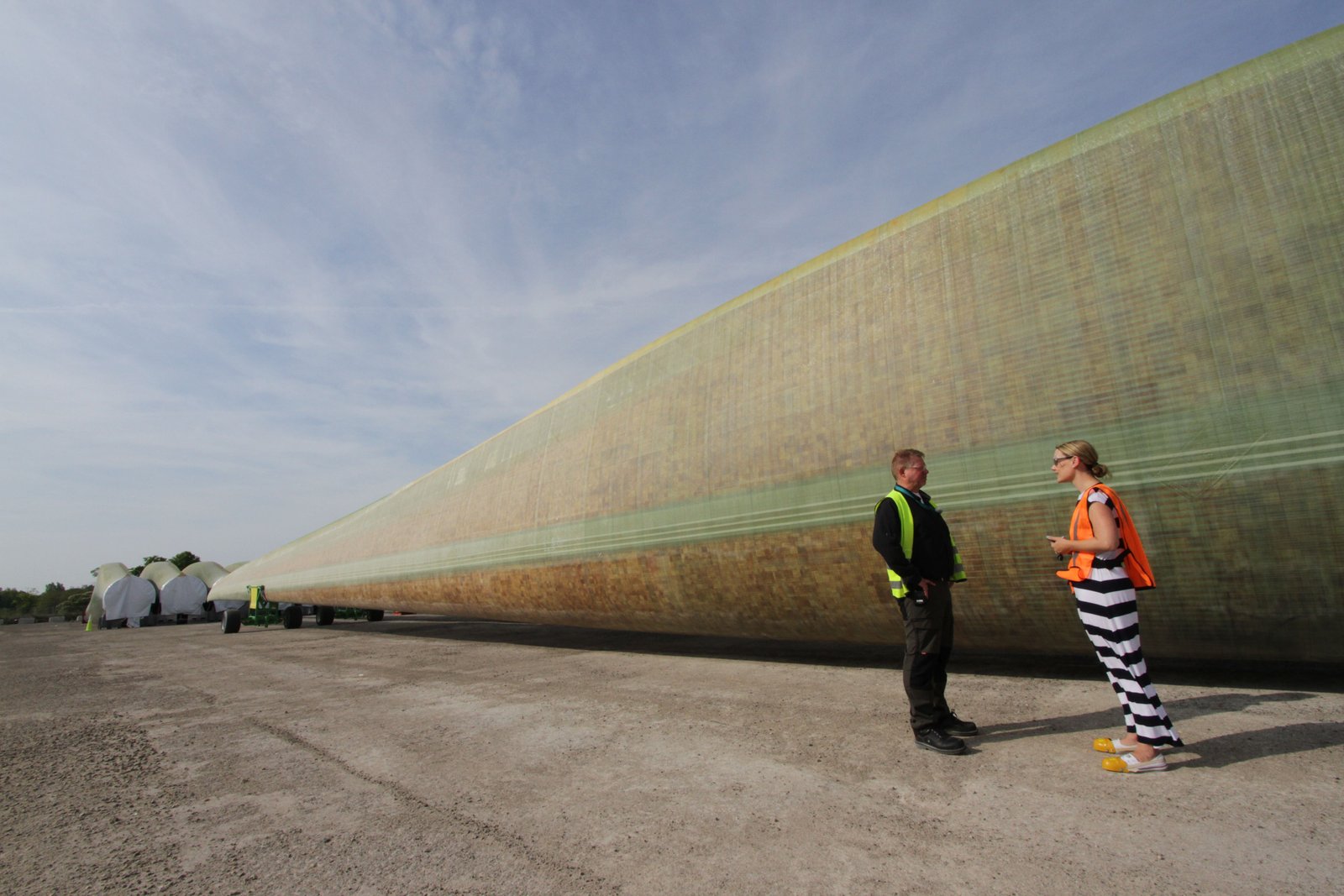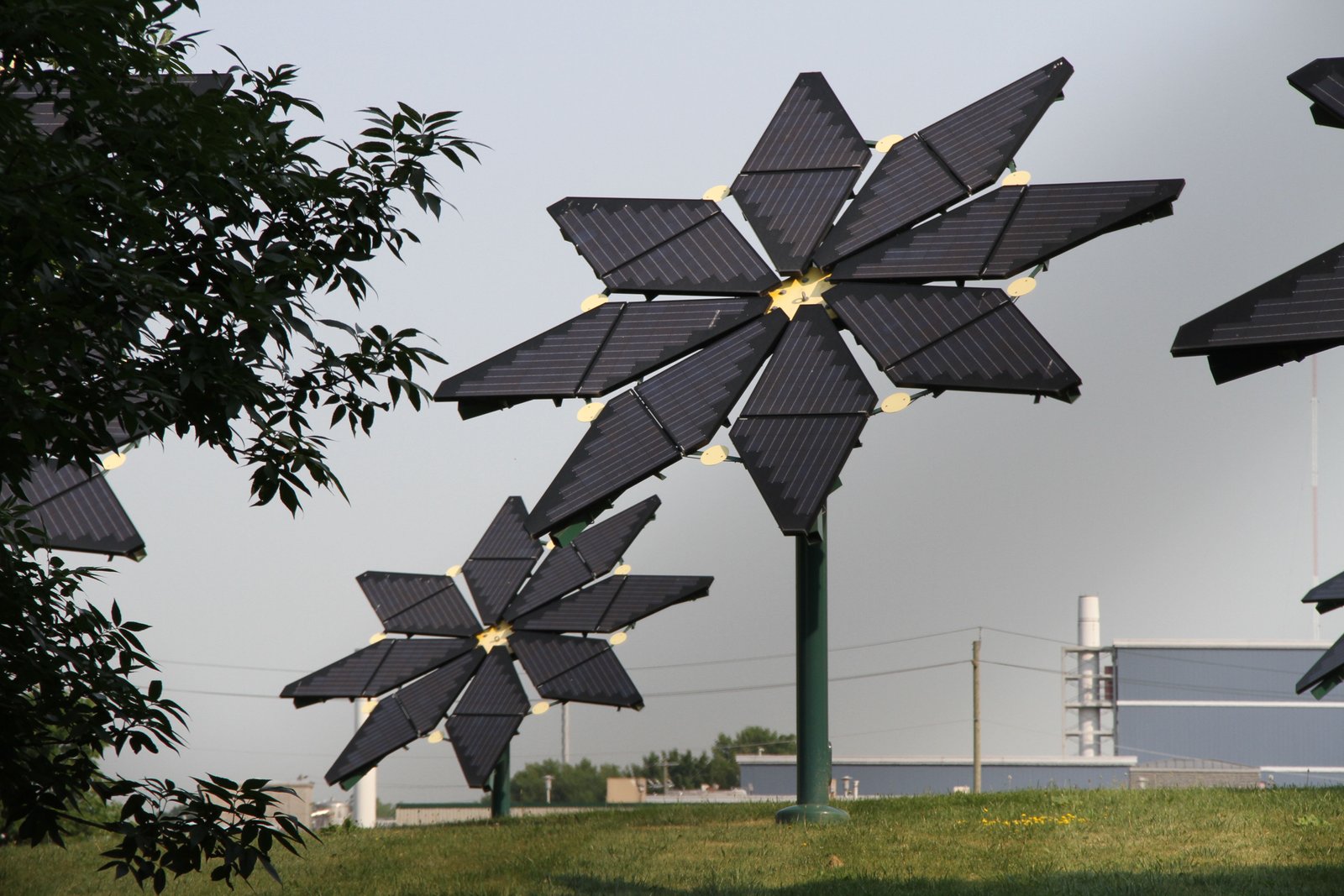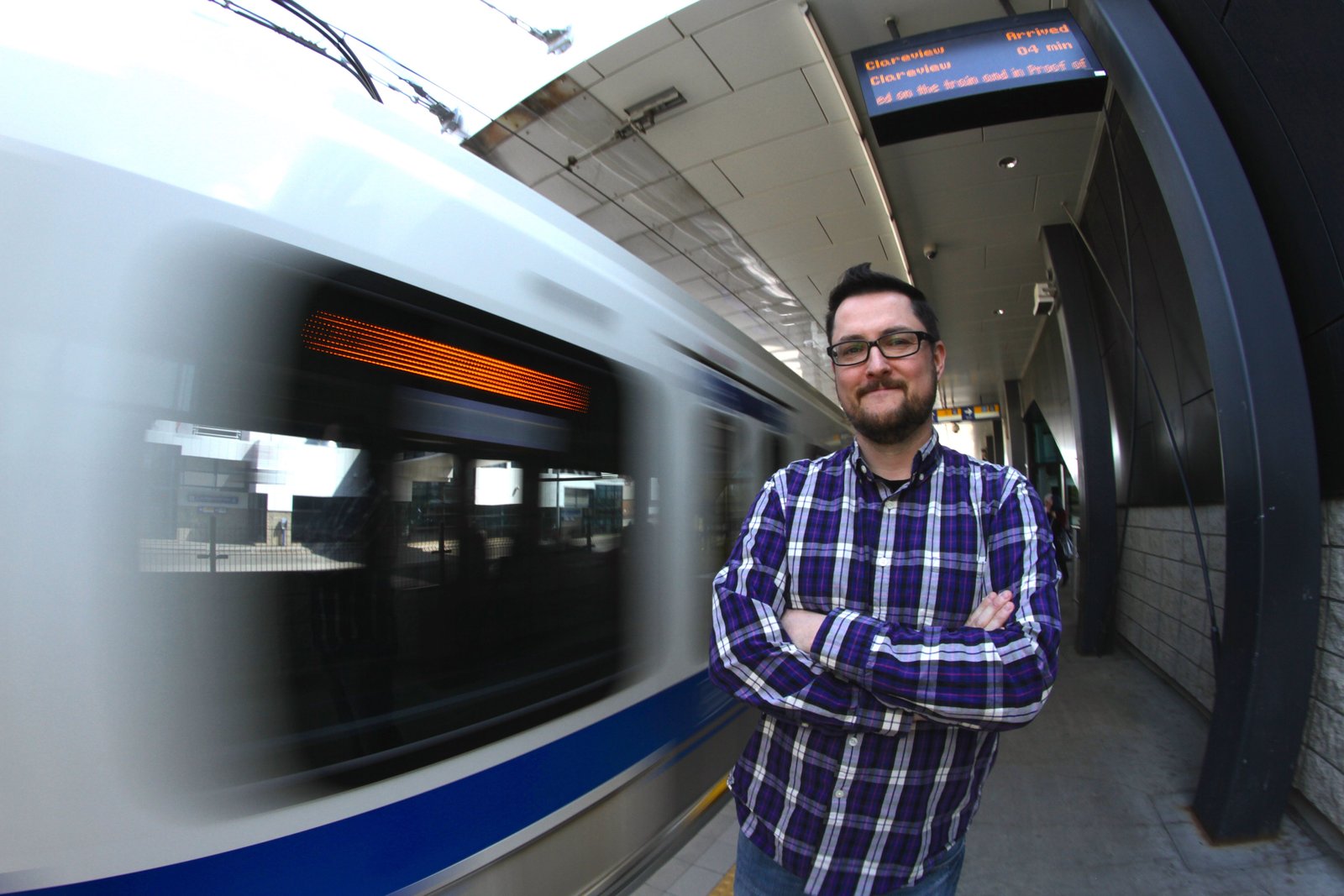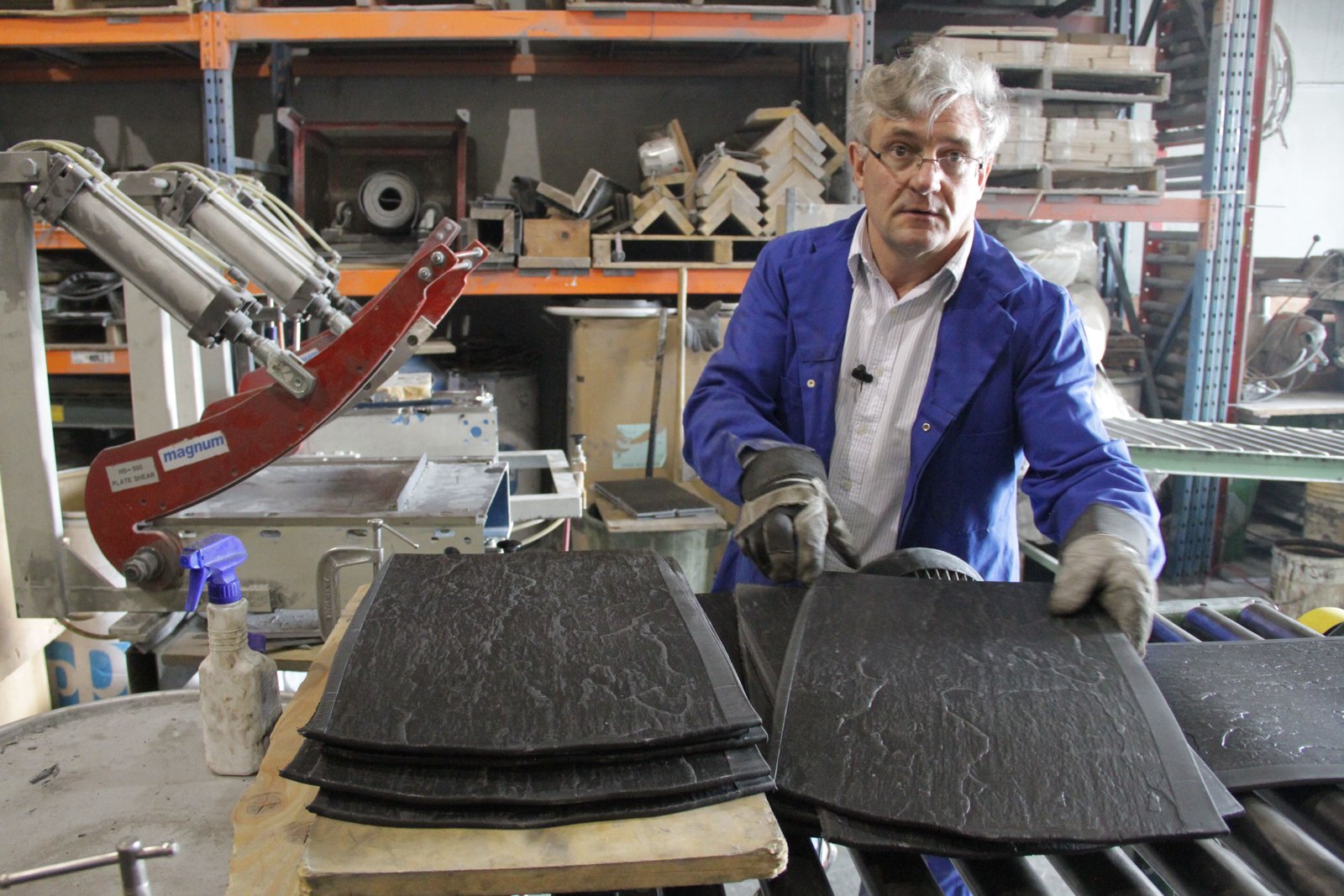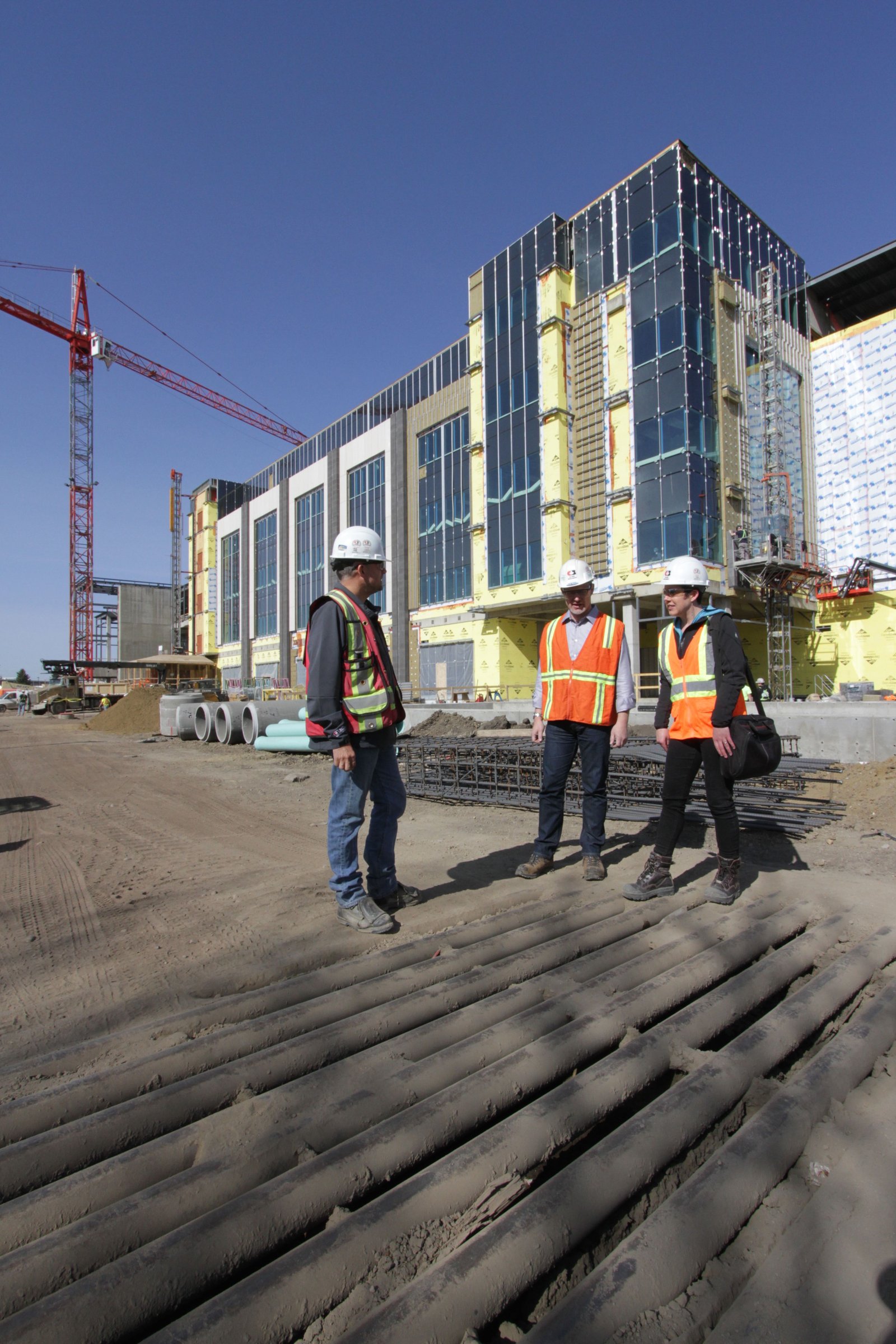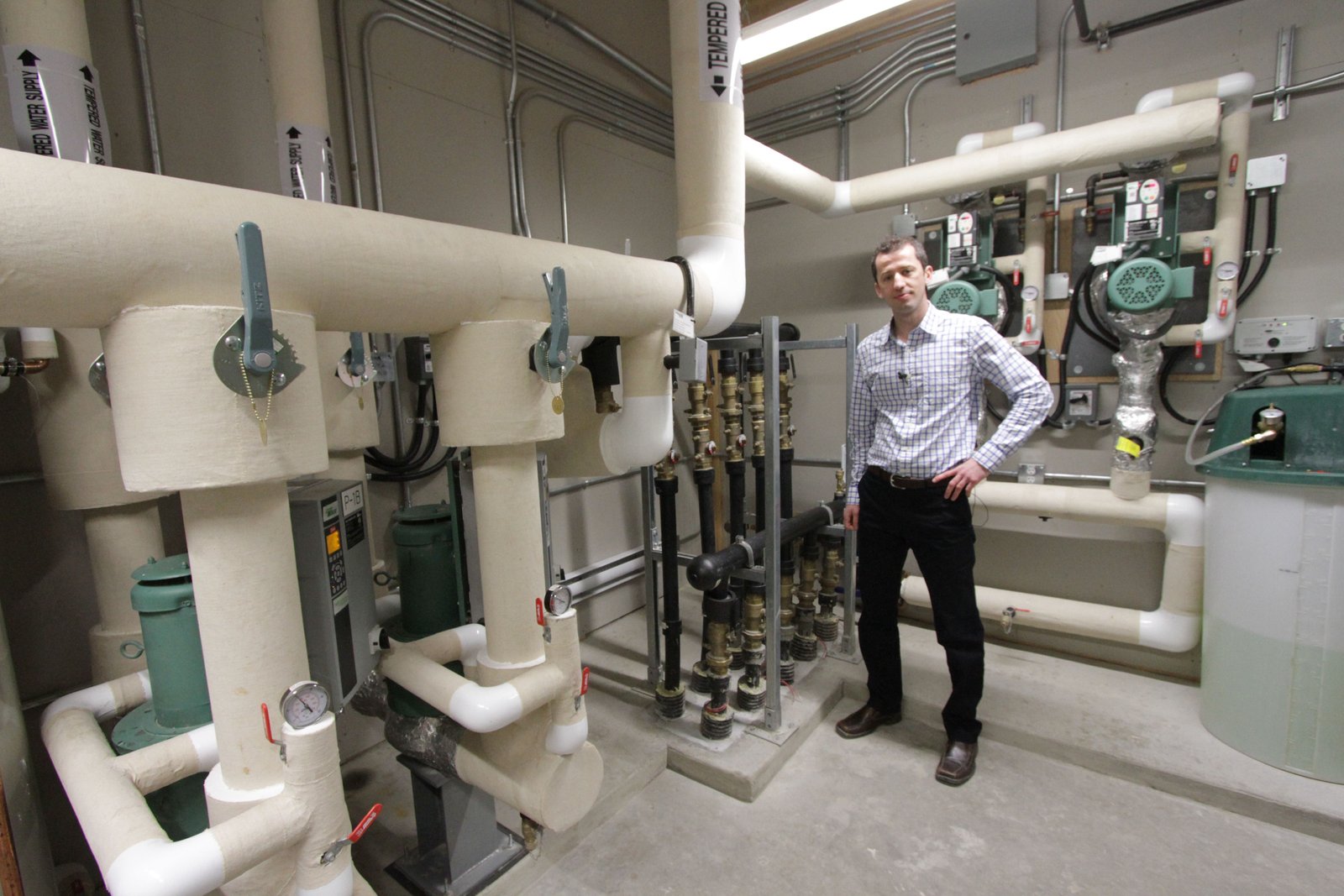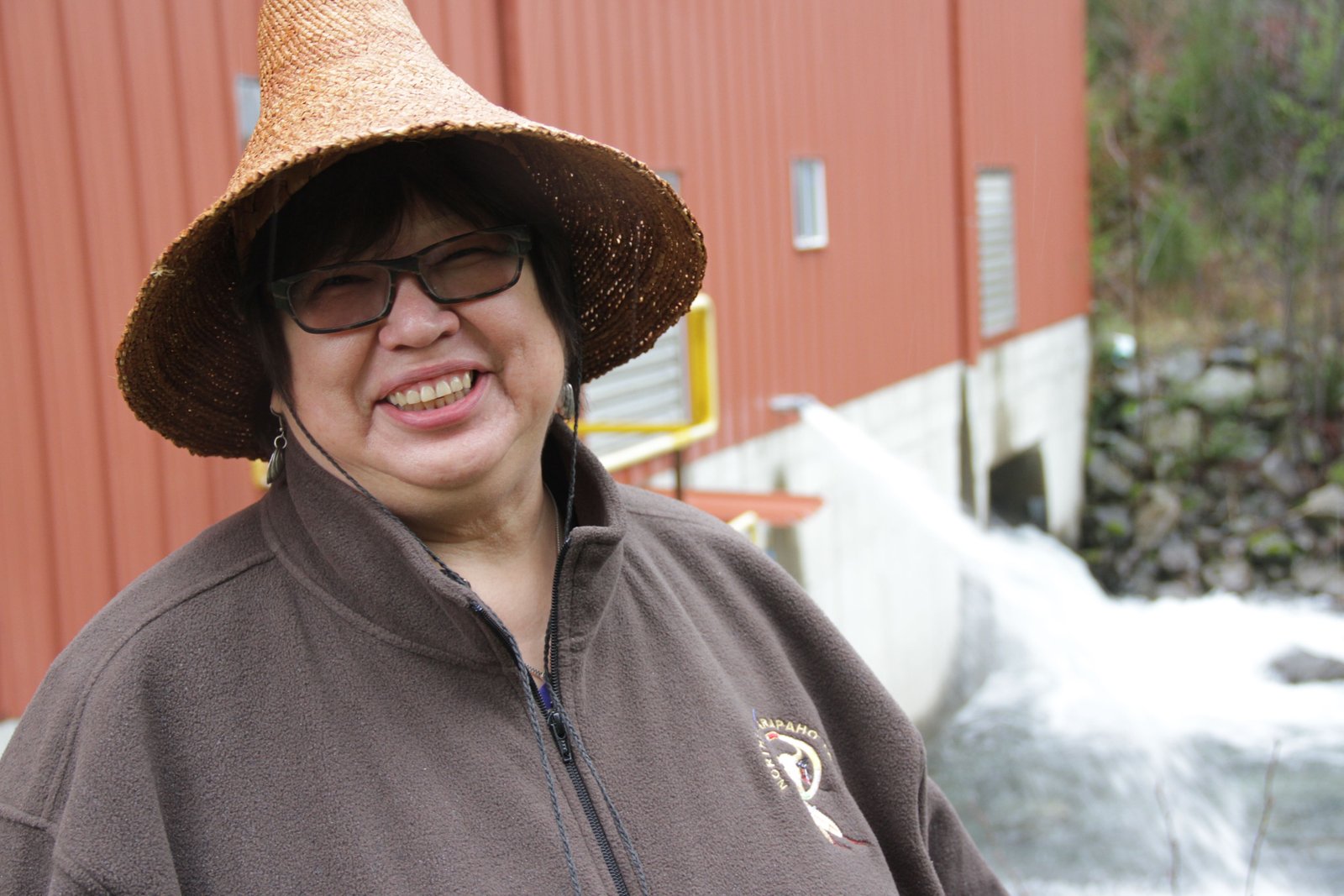By David Dodge & Dylan Thompson Climate change is often portrayed as this giant, fuzzy, …
122. Solar training on the rise
By David Dodge and Duncan Kinney Solar sector employment in the U.S. is booming. It …
121. SunMine: How solar is transforming Kimberley, an old mining town
By David Dodge and Duncan Kinney You hike over the crest of the hill and …
120. Vancouver to go 100 per cent renewable
By David Dodge and Duncan Kinney It may have left everyone not from Vancouver green …
119. Students capture the wind with TREC Environmental Education in Ontario
By David Dodge and Duncan Kinney Tomorrow’s renewable energy leaders don’t just spring from the …
118. Cochrane students install solar and get new town policy permitting renewable energy
By David Dodge and Duncan Kinney There’s a quote from cultural anthropologist Margaret Mead that …
117. Sustainability snapshots: How Halifax, Tallinn, Hannover and Ottawa are learning from each other to make their cities more sustainable
By David Dodge and Duncan Kinney If you’ve hung around some of the wackier, more …
116. Tillsonburg: From tobacco farming to building wind turbine blades
By David Dodge and Duncan Kinney The story of Tillsonburg is probably close to the …
115. Calgary’s wind-powered LRT an incredibly successful system: Naheed Nenshi
By David Dodge and Duncan Kinney The CTrain in Calgary is one of the greatest …
114. Net-zero contagious: Five mini net-zero communities spring up across Canada
By David Dodge and Duncan Kinney The race to build net-zero homes across Canada is …
113. Beyond the Tesla Powerwall: How energy storage is shaping up in Ontario
By David Dodge and Duncan Kinney There are not many entrepreneurs who can command a …
112. Welcome to the Octopod: An off-grid, solar powered shipping container cabin in Bobcaygeon, Ontario
By David Dodge and Duncan Kinney Whether you call it a cottage or a cabin, …
111. Ontario: Canada’s energy transition success – the untold story
By David Dodge and Duncan Kinney When you look at Ontario’s greenhouse gas reductions you …
110. Location efficiency: Discovering the hidden transportation costs of where you live
By David Dodge and Duncan Kinney When you buy a house the first thing your …
109. Cradle to Cradle: Recycling’s cooler younger brother
By David Dodge and Duncan Kinney What if you could take waste limestone, add in …
108. LEED works: How a green building rating system transformed the construction industry
By David Dodge and Duncan Kinney Governments and developers love issuing press releases announcing the …
107: Geothermal: Hitting the geoexchange heating and cooling sweet spot
By David Dodge and Duncan Kinney There is something calm and comforting about …
106. The $750 billion dollar opportunity in industrial and commercial energy efficiency
By David Dodge and Duncan Kinney Put your hand on the radiator in our office’s …
105. Judith Sayers, First Nations run-of-river hydro trailblazer
By David Dodge and Duncan Kinney, Judith Sayers is a former chief, a negotiator and …
104. Birds, bats and wind turbines
By David Dodge and Duncan Kinney Being something of a naturalist myself, some of my …
